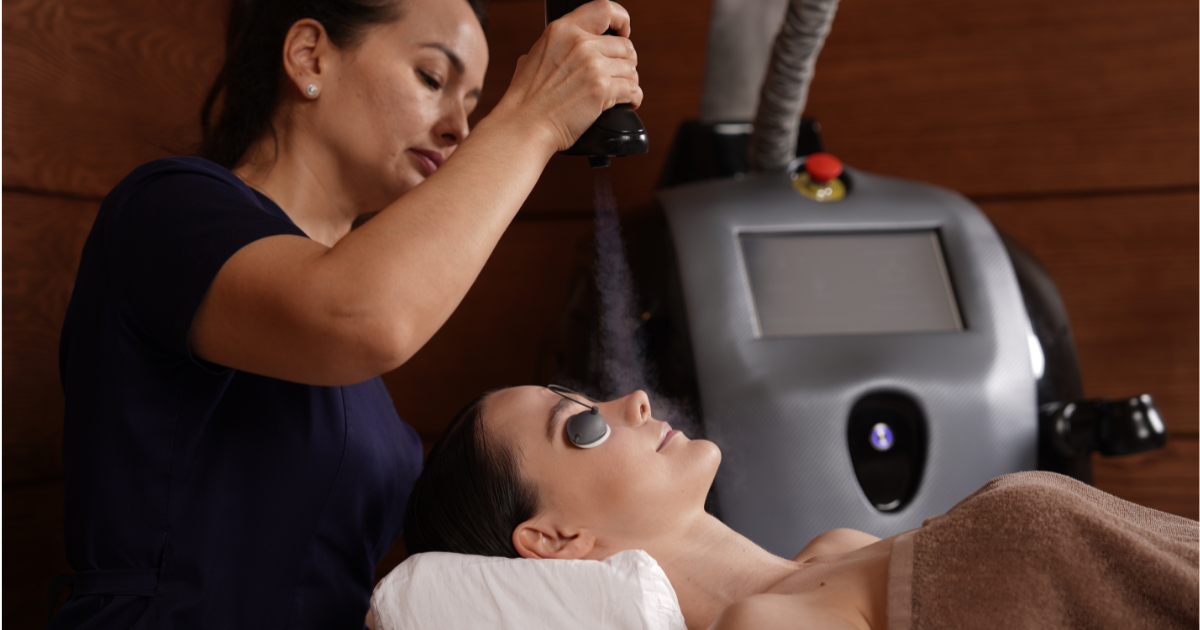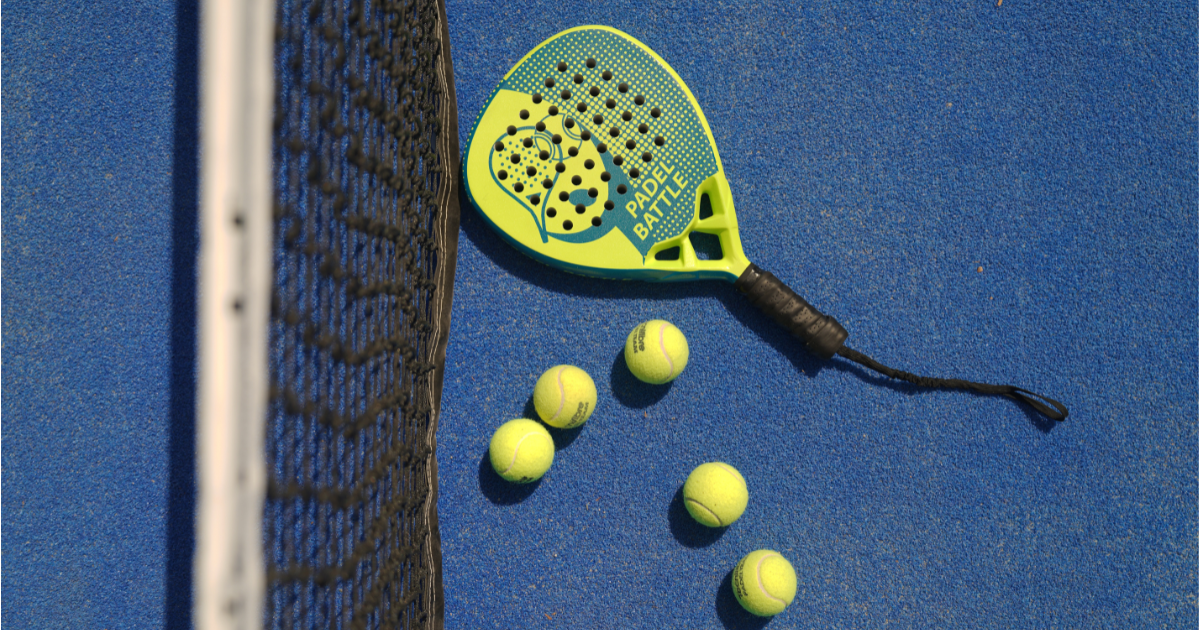We are what we eat
Nutrition as the key to beauty

Healthy skin is a reflection of the overall state of the body and its proper functioning, with nutrition playing a key role in this process. How does it work? It’s simple: since the skin eliminates toxins through pores, an improper diet can lead to breakouts and redness.
Inflammations, dryness, dullness, and premature wrinkles are all results of regularly consuming unhealthy foods that disrupt the body’s processes. Let’s break down the main dietary issues that provoke unwanted skin reactions and learn how to combat them.
Under-eye bags and a dull complexion
An excessive love for sweets also leads to unpleasant consequences for the skin. Those who consume too much sugar often experience under-eye bags, acne, inflammation, thinning skin, and a dull, pale complexion.
High sugar intake leads to glycation—a process that makes collagen stiff and inflexible, reducing the skin's elasticity, especially under the eyes. Sugar also raises insulin and cortisol levels, causing inflammation and worsening skin tone, resulting in a loss of elasticity, particularly around the eyes.
Recommendations: Limit your sugar intake. Pay attention to your eyebrows—thinning eyebrows can be a sign of adrenal fatigue. Improving your diet can help restore skin health and reduce inflammation.
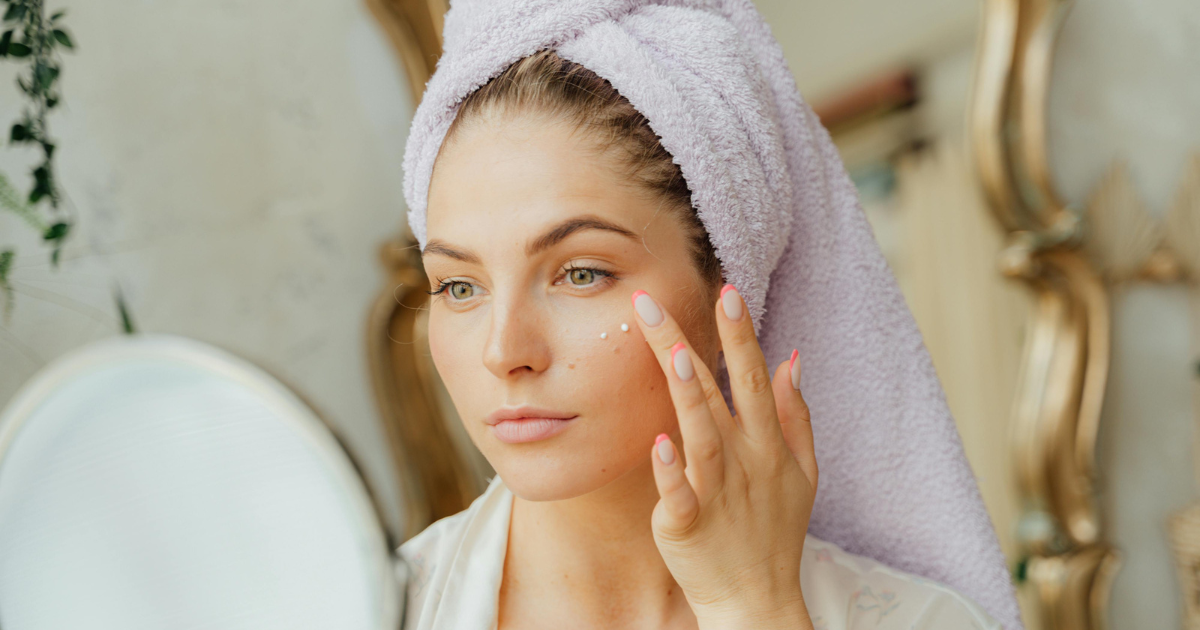
Photо: Pexels
Acne and puffy eyelids
Dairy intolerance is also immediately reflected on your face. Symptoms include swollen eyelids, bags, and dark circles under the eyes, as well as acne on the chin.
As we age, our bodies lose the enzymes necessary to digest lactose, leading to hormonal imbalances and inflammation. Dairy products can disrupt the balance of sex hormones, clog pores, and cause acne, especially around the chin.
Recommendations: Switch to lactose-free milk or limit dairy intake for three weeks to see improvements in your skin.
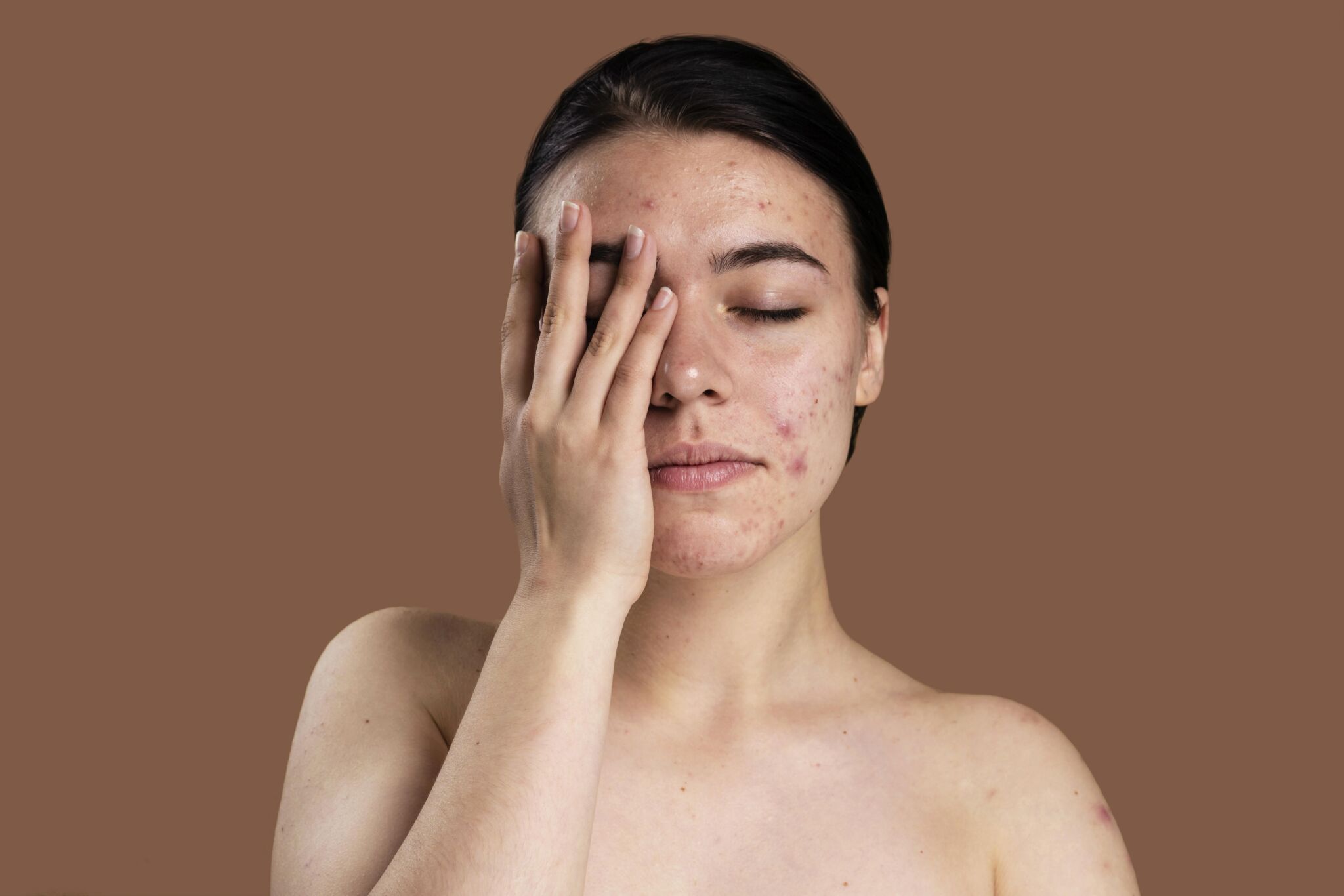
Photо: Freepick
Swelling and pigmentation
Gluten, found in wheat, rye, and barley, can trigger inflammatory reactions in people with intolerance, leading to facial swelling and the appearance of pigmentation spots around the chin.
Recommendations: Eliminate gluten from your diet. Drink more water and eat foods rich in fiber to reduce swelling and even out skin tone.

Photо: Freepick
Redness and dry skin
Frequent alcohol consumption can lead to noticeable changes in skin condition. Key symptoms include redness on the cheeks, nose, and the area between the eyebrows. Other signs of alcohol overuse include drooping eyelids, enlarged pores, dehydrated skin with visible capillaries, and deepening of the nasolabial folds.
Alcohol dehydrates the skin, leading to the formation of numerous wrinkles, especially on the nasolabial lines. It also contains high levels of sugar, which breaks down collagen, responsible for the skin’s firmness. In general, all alcoholic drinks suppress the enzymes needed to fight inflammation, causing blood to rush to the skin’s surface, leading to expanded capillaries and facial redness.
Recommendations: Try cutting out alcohol for a significant period to give your gut time to recover. In the future, choose drinks with low sugar content or consider giving up alcohol entirely.
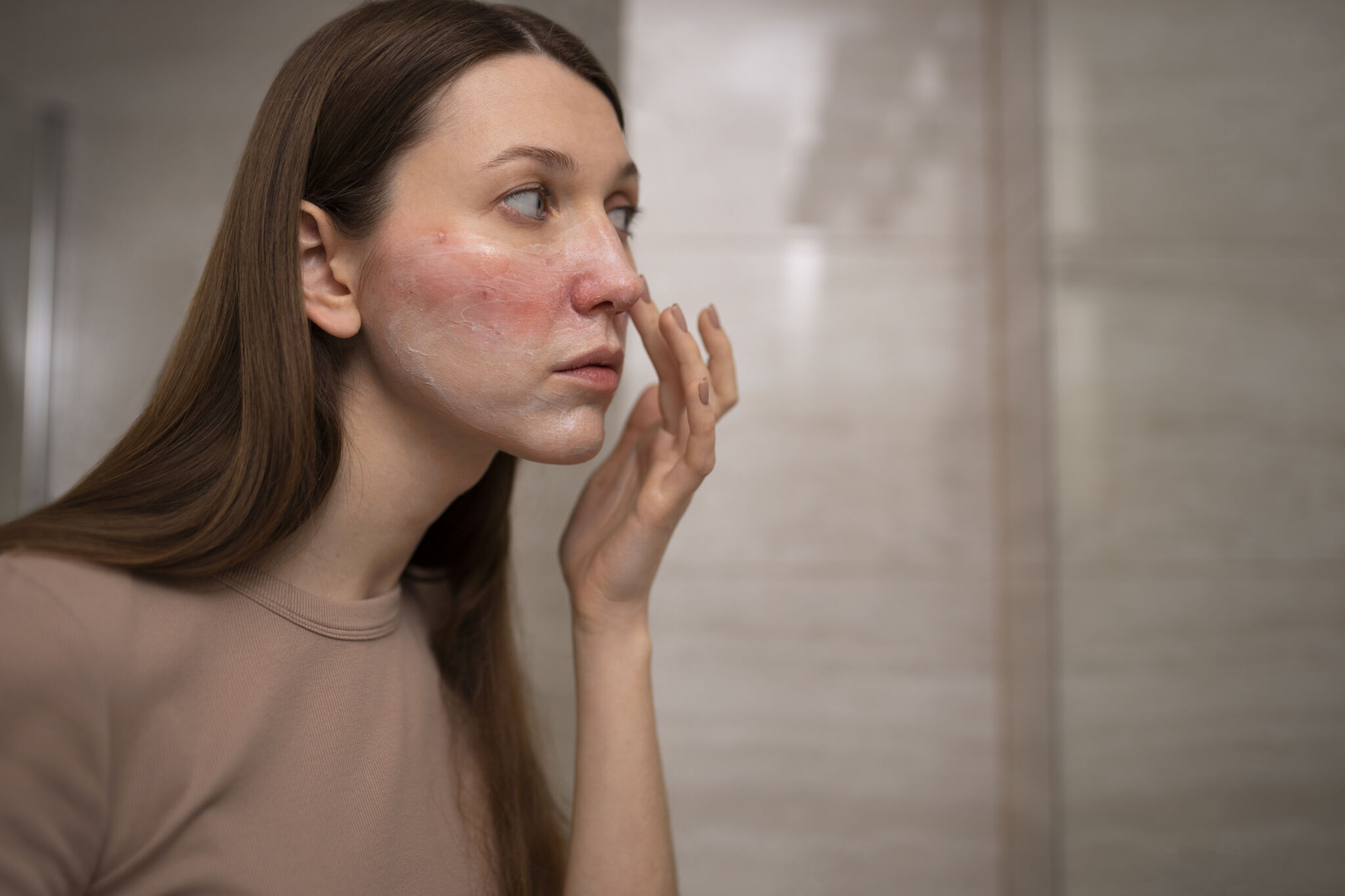
Photо: Freepick
The state of your skin can reveal a lot about your diet and overall health. Incorporate nutrient-rich foods into your diet and avoid unhealthy eating habits to help improve the appearance of your skin. Remember, beauty starts from within, and taking care of your diet is the first step to healthy, glowing skin.
